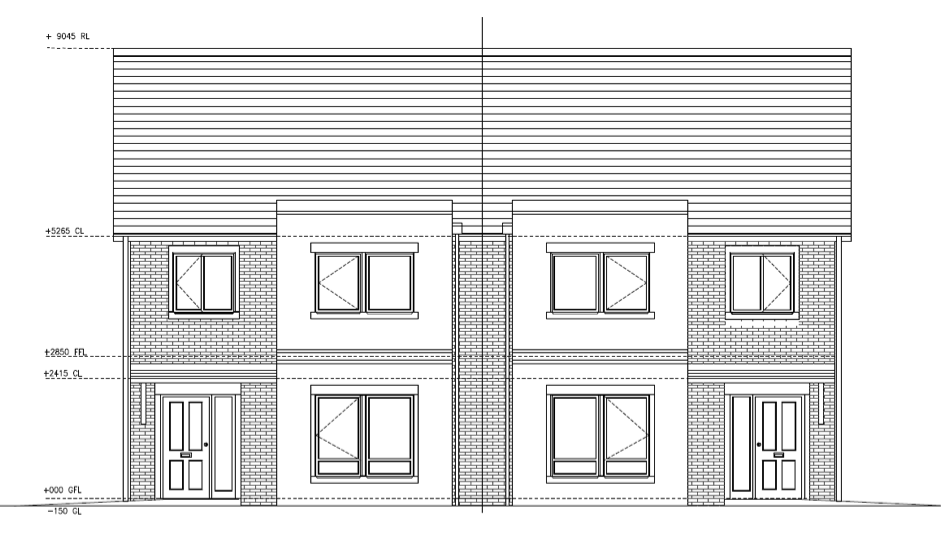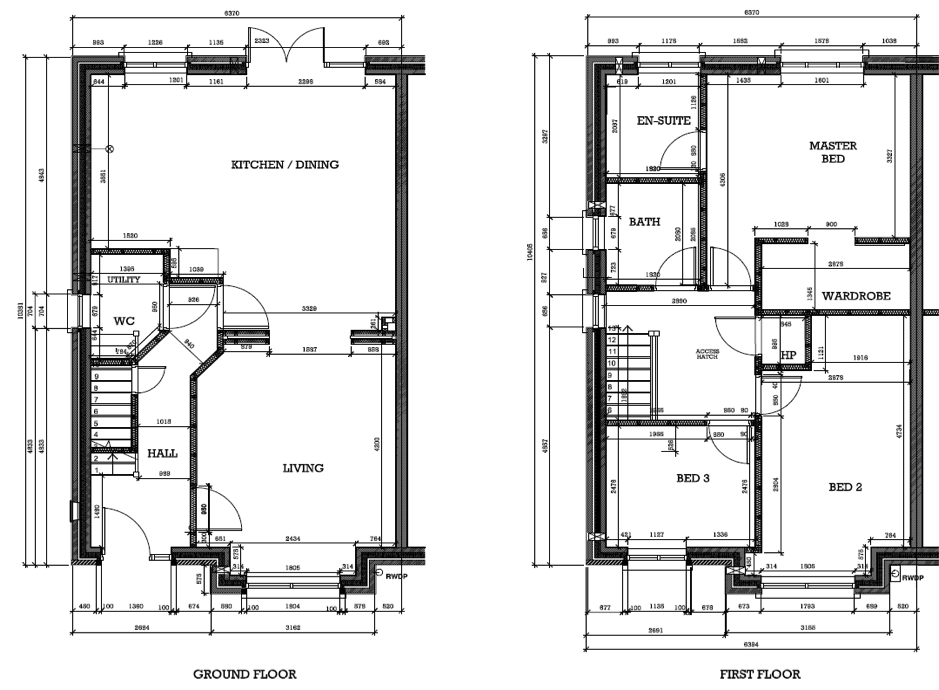-
Courses

Courses
Choosing a course is one of the most important decisions you'll ever make! View our courses and see what our students and lecturers have to say about the courses you are interested in at the links below.
-
University Life

University Life
Each year more than 4,000 choose University of Galway as their University of choice. Find out what life at University of Galway is all about here.
-
About University of Galway

About University of Galway
Since 1845, University of Galway has been sharing the highest quality teaching and research with Ireland and the world. Find out what makes our University so special – from our distinguished history to the latest news and campus developments.
-
Colleges & Schools

Colleges & Schools
University of Galway has earned international recognition as a research-led university with a commitment to top quality teaching across a range of key areas of expertise.
-
Research & Innovation

Research & Innovation
University of Galway’s vibrant research community take on some of the most pressing challenges of our times.
-
Business & Industry

Guiding Breakthrough Research at University of Galway
We explore and facilitate commercial opportunities for the research community at University of Galway, as well as facilitating industry partnership.
-
Alumni & Friends

Alumni & Friends
There are 128,000 University of Galway alumni worldwide. Stay connected to your alumni community! Join our social networks and update your details online.
-
Community Engagement

Community Engagement
At University of Galway, we believe that the best learning takes place when you apply what you learn in a real world context. That's why many of our courses include work placements or community projects.
BenchValue
Benchmarking the Sustainability Performances of Value Chains
Key Information:
Start of the project: 1st December 2016
End of project: 30th November 2019
Source of Funding: FP7 ERA-NET Sumforest Call 2016
Website: http://benchvalue.efi.int/
Description:
Europe aspires to create a thriving bioeconomy. For this, new innovative product value chains need to be developed, but an increased uptake of bio-based products is only possible if they are economic and more sustainable than competitive products. The aim of the BenchValue project was to develop a versatile benchmarking method to compare between renewable wood-based and non-renewable value chains and to quantify the sustainability impacts and climate change mitigation potential of substituting non-renewable with wood-based materials to support decision makers in policy and market environment.
The construction sector was chosen as the demonstration case to test the BenchValue method, as timber can be a viable and long-term alternative for storing green Carbon in buildings and substituting GHG emissions from more energy intensive materials. Furthermore, the construction sector is one of the leading sectors of the Eurasian economy and vital to the bio-economy. In order to increase acceptance of the developed method and transparency of results, the BenchValue project built on the established ToSIA methodology for the forest-based sector.
Objective:
As part of the BenchValue project, the objectives of the NUI Galway team included the:
- Evaluation concrete and timber based construction superstructures for a theoretical semi-detached building to determine which are the more sustainable based on economic, social and environmental criteria.

Figure 1: (a) Ground floor layout, (b) First floor layout, (c) Front façade of theoretical case study semi-detached house.
People Involved:
Jamie Goggins, Paul Moran
















